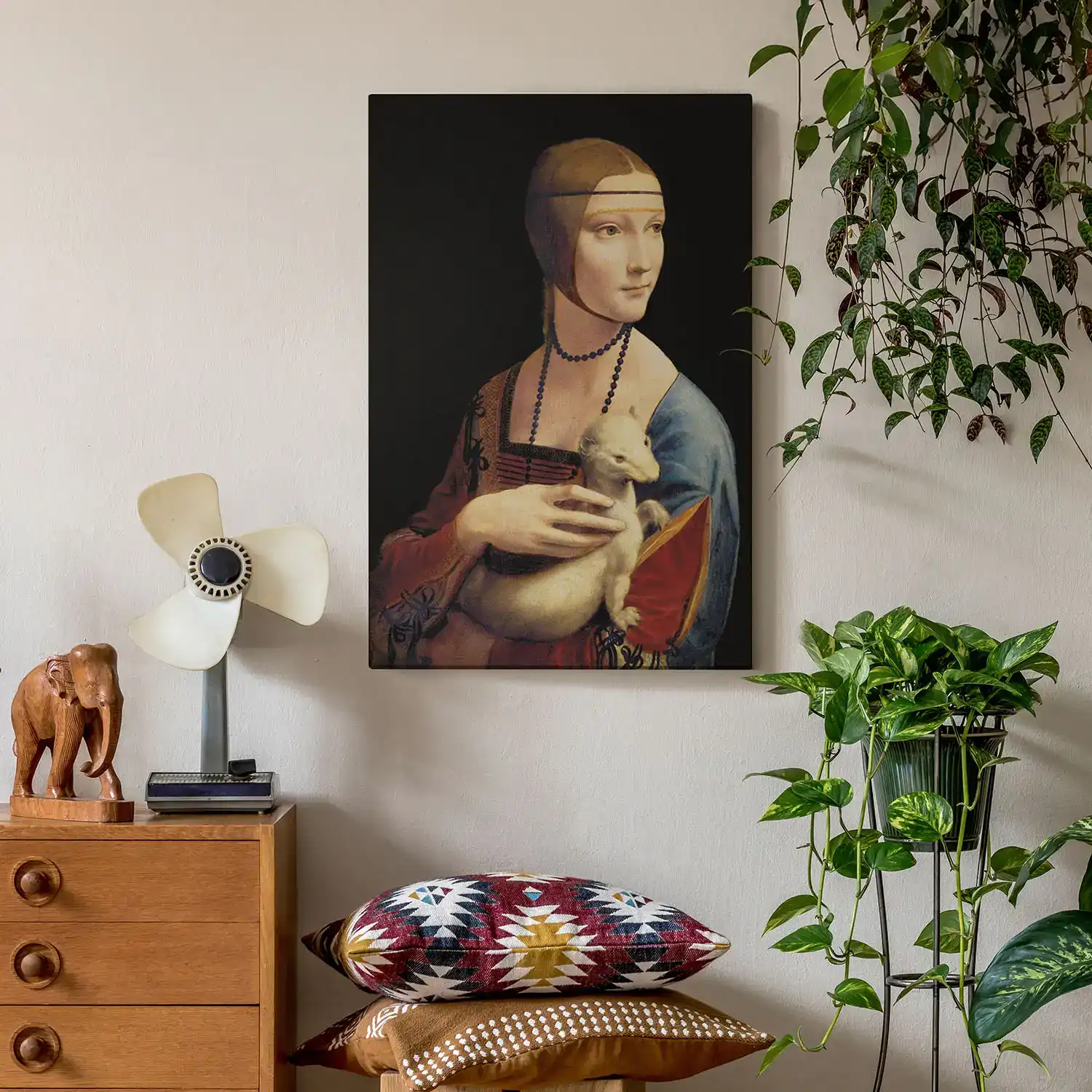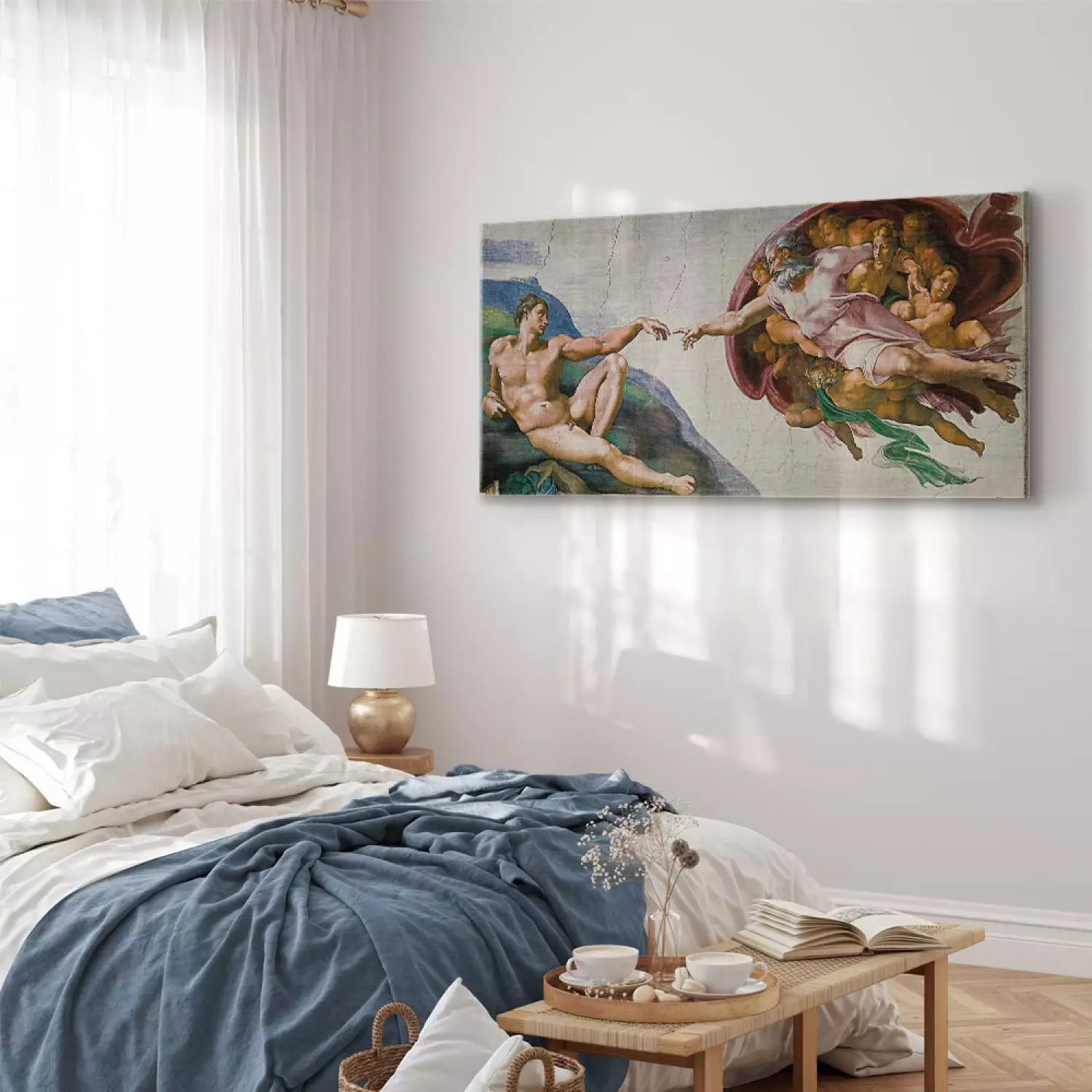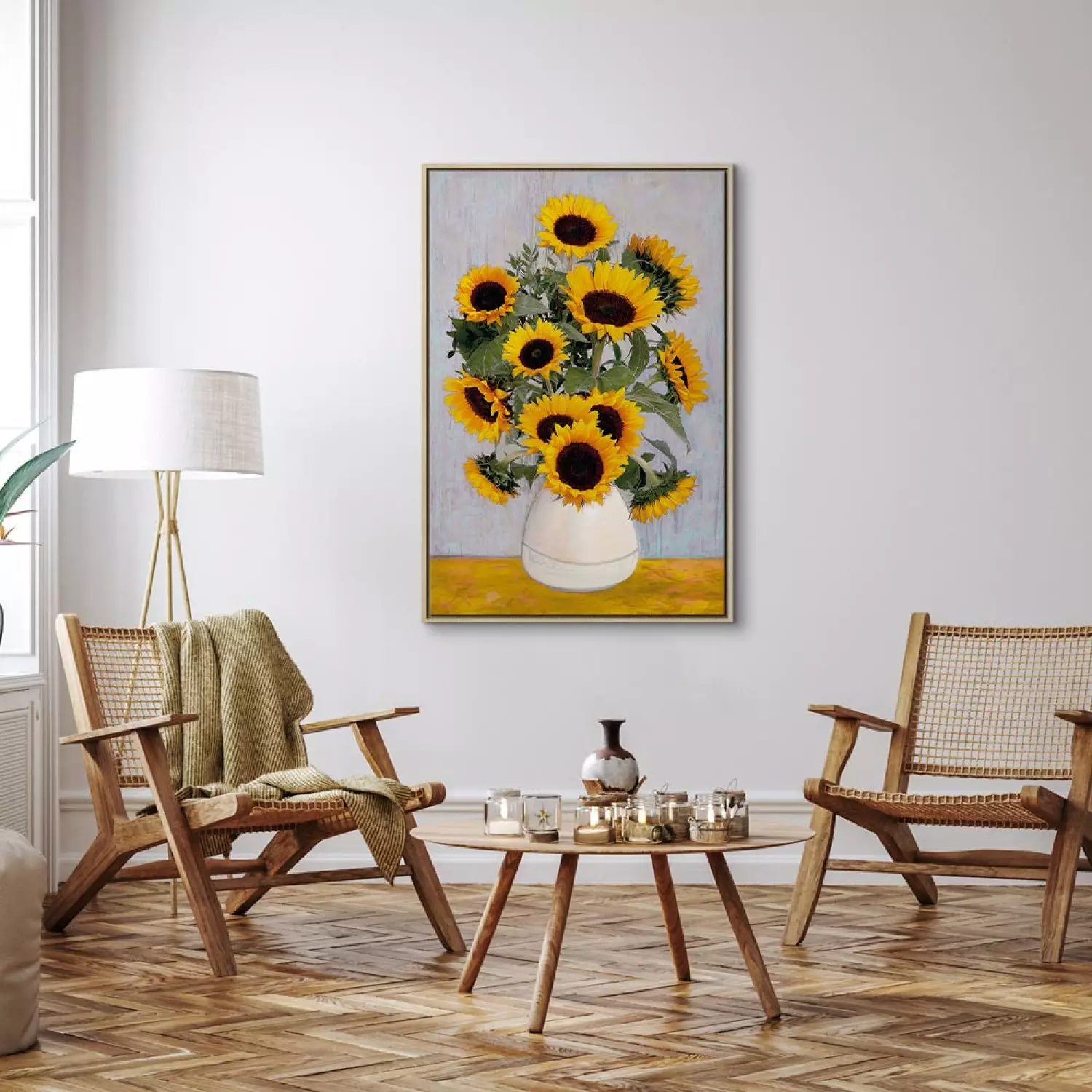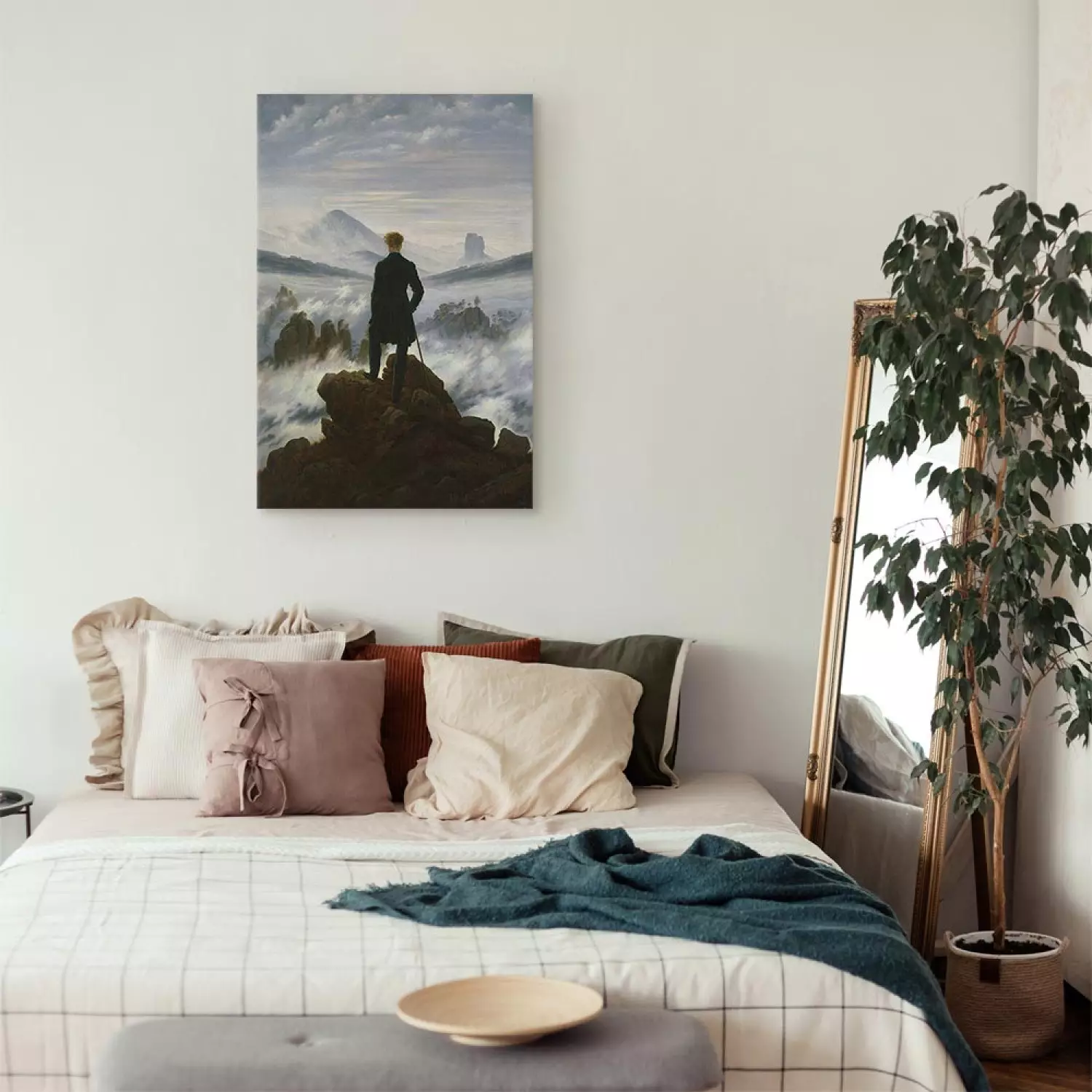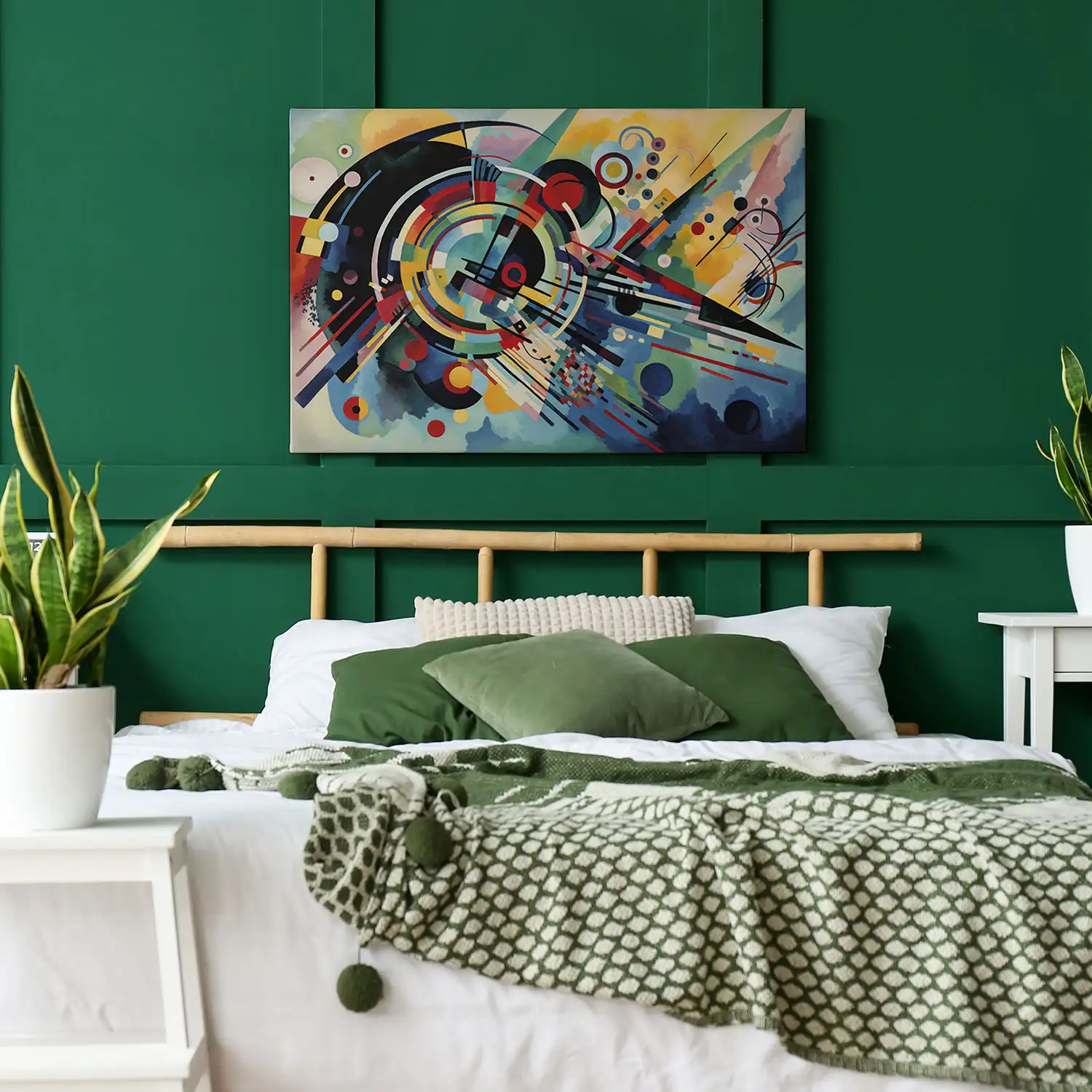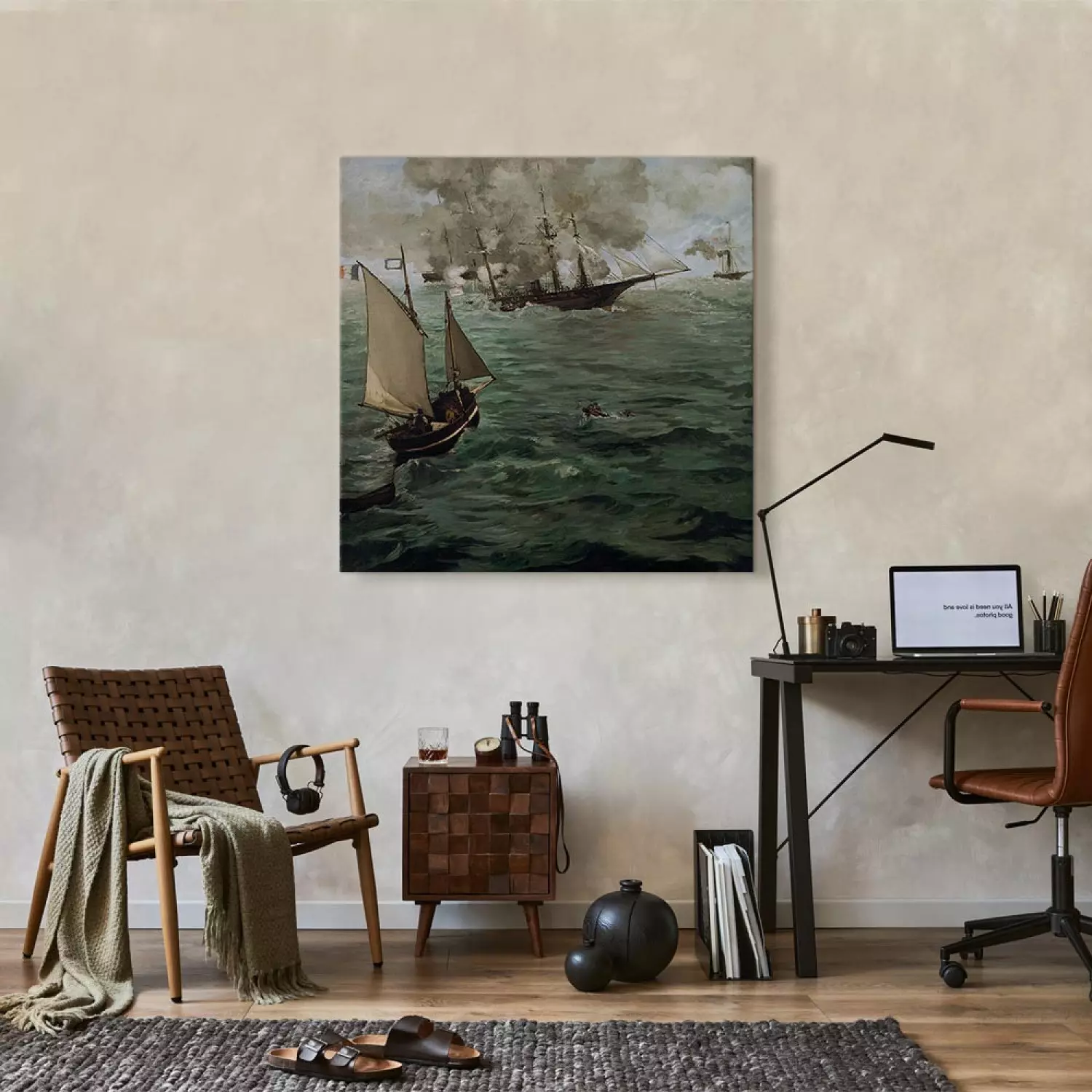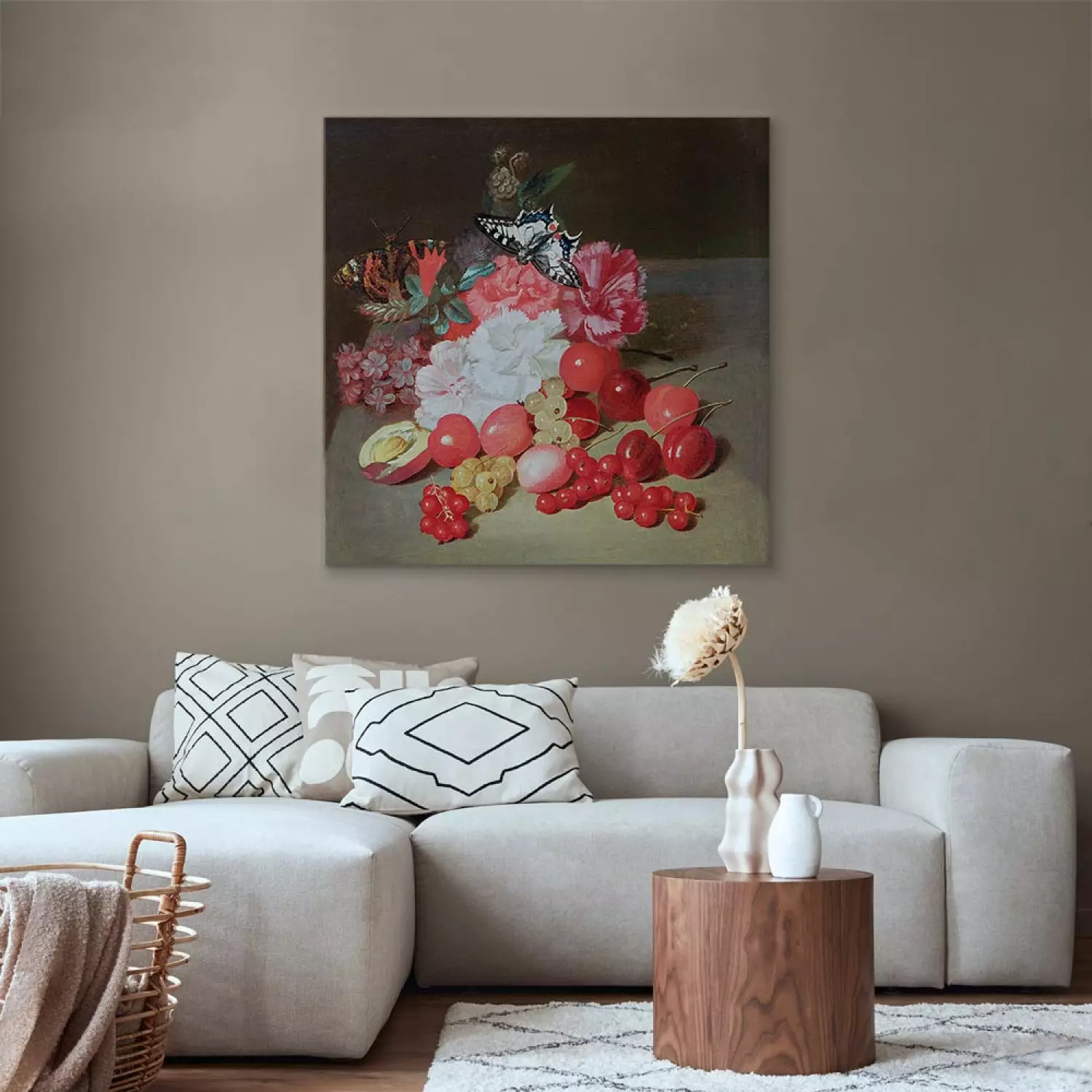40% OFF ON CANVAS ART
Offer ends in:
Giulio Romano
Giulio Romano, or Gulio Lippi, was an Italian painter working in the 16th century. In his great pieces of art, he combined the lyricism of his master's paintings, Rafael, with the strength and temper visible in the work of Michelangelo. Among the paintings of Giulio Romano, you will find mostly portraits and religious and allegoric paintings. The artist painted frescos as well. If you want to invite the art of the Italian painter to your home, you need to check the bimago collection of Giulio Romano's paintings reproductions! Extraordinary motifs will perfectly match an elegant living room, bedroom or office.
Reproductions of paintings by Giulio Romano
The painter and architect Giulio Romano, also known as Giulio Lippi, lived and worked in Italy in the 16th century. Rafael undoubtedly had a great influence on his work. Giulio Romano was a student of the youngest of the three famous artists - next to Raphael, there was Leonardo da Vinci and Michelangelo. Giulio Romano was equally influenced by the latter's work. It is worth noting that the young Italian had the opportunity to work closely with his masters, for example, together with Raphael, he created impressive decorations for the apartments of Pope Leo X. He also undertook to complete individual works of his master. But Giulio Romano can also boast of his own successes. He was appointed chief architect of Mantua, supervising the city's designs.
Copies of Giulio Romano's paintings on the living room wall
As for Giulio Romano's paintings, these were a representation of Mannerism. Hence, you can see slightly distorted proportions of the human body - they were slightly elongated. The Italian also used allegory in his paintings; he was familiar with all kinds of symbolism and a specific perspective. In the painter's work, one can also notice the crowding typical of this trend, i.e. a very large accumulation of figures.
Reproductions of paintings by the Italian master are a good idea for an unusual gift. The recipient will certainly be delighted with the quality and workmanship. Bimago's offer includes canvas prints, large paintings, and the so-called Premium Canvas Print offer distinguished by its three-dimensional surface.
Reproductions of the Italian's works are a great way to decorate a living room, office or hall. When hung on a smooth wall and properly lit, they will certainly stimulate numerous reflections and discussions.

